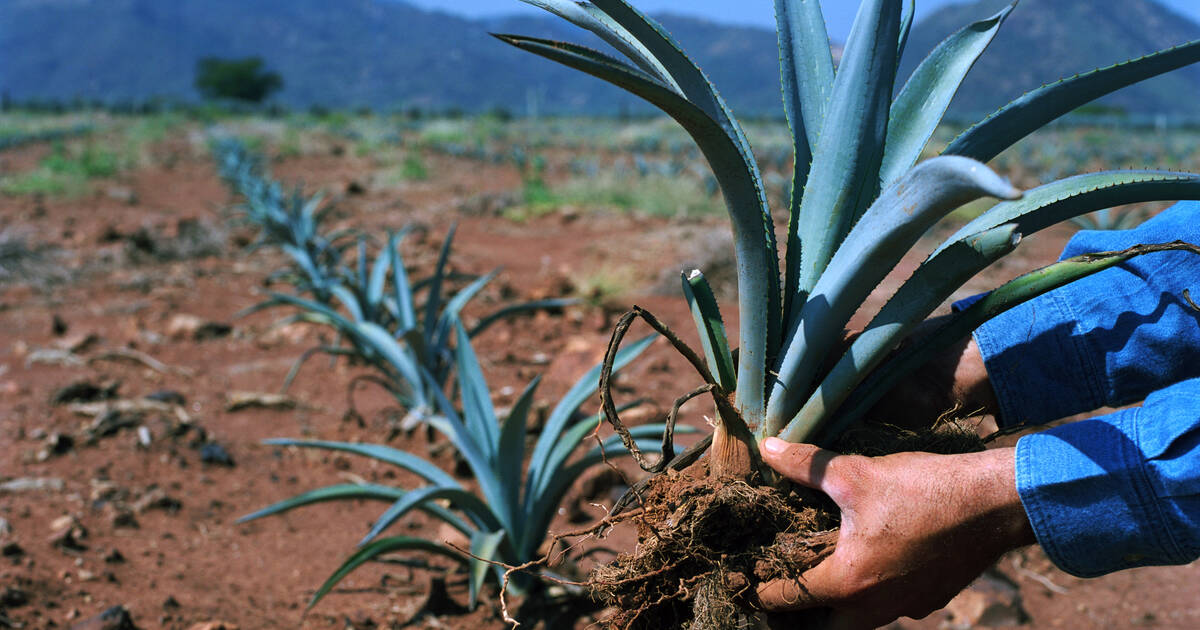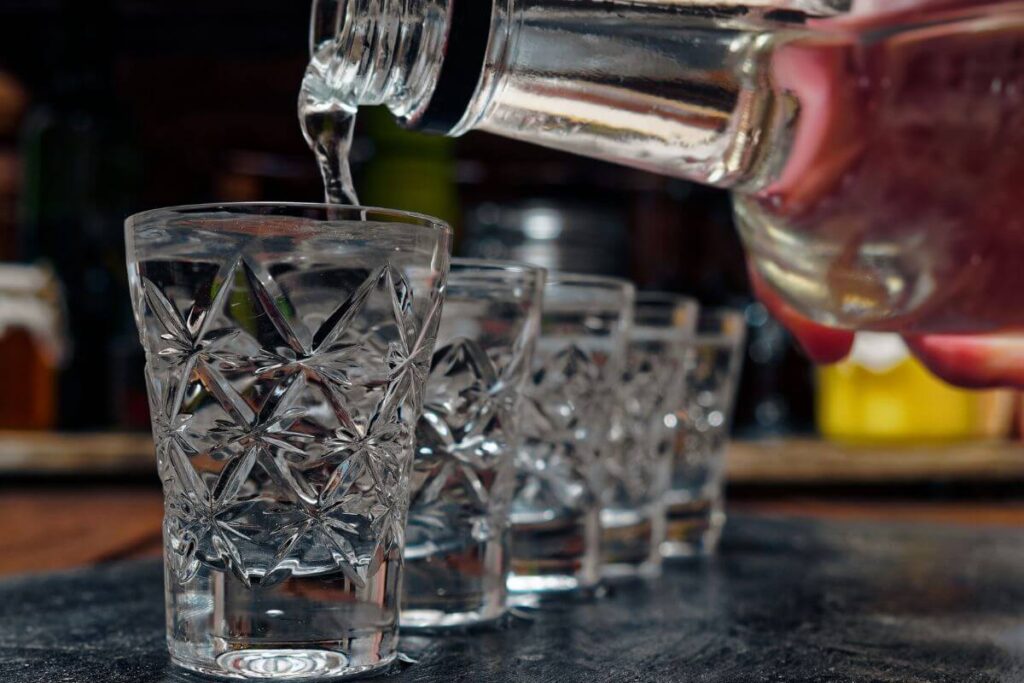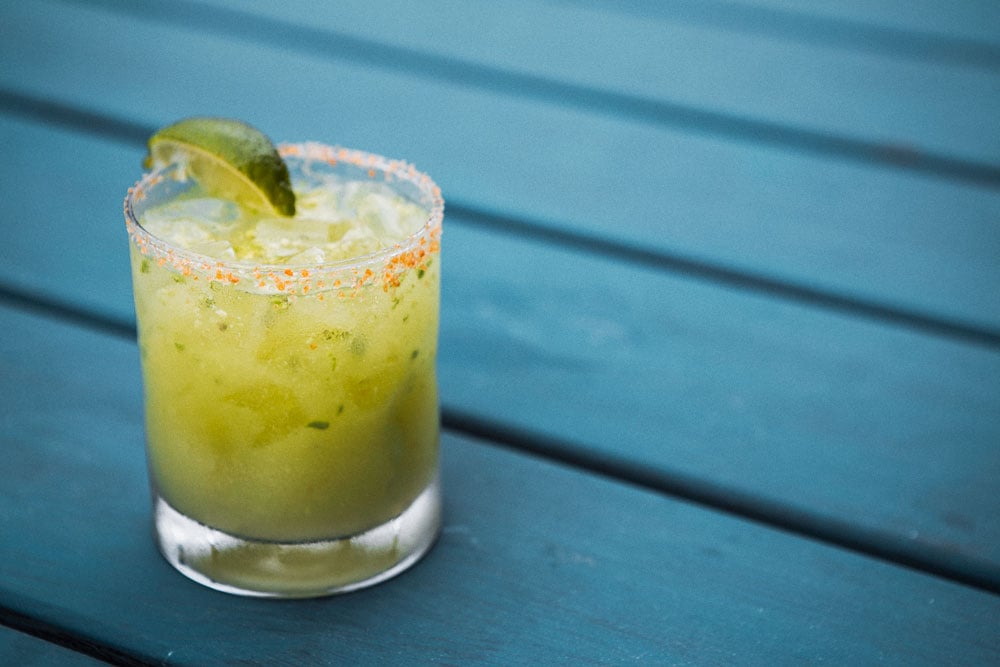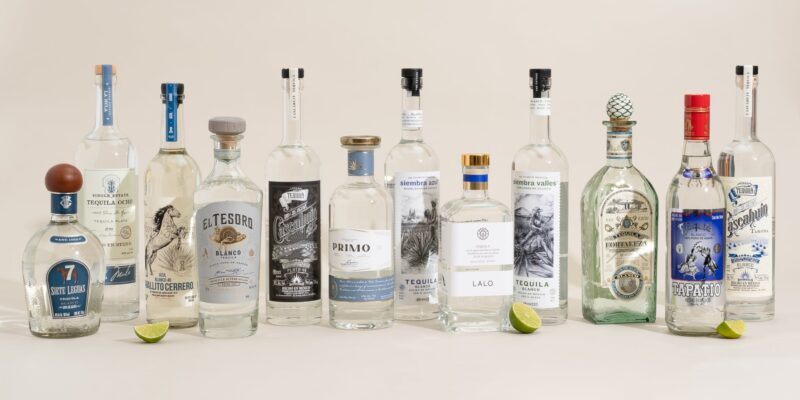Tequila has long been known for its iconic bottles and distinct taste, but few know the story of how it came to be. From the lush blue agave fields of Mexico comes a centuries-old tradition that has become one of the most popular drinks in the world.
Tequila is made from an indigenous plant called Agave tequilana Weber – Blue variety, which only grows in certain parts of Jalisco, Mexico. It takes years for these plants to mature until they are harvested and distilled into what we now recognize as tequila.
This unique spirit not only carries with it a rich history but also continues to evolve as more distillers experiment with new flavors and techniques. In this article, we will explore how tequila was first created and trace its evolution over time up until it became what we know today: an iconic drink full of flavor and complexity.
History of Tequila: Ancient Origins to Modern Production

Tequila has been a long-standing staple in Mexico’s culture for centuries. Its origins can be traced back to an Aztec fermented drink made from agave, called pulque.
The modern iteration of tequila was created by Spanish conquistadors who began distilling the fermented agave juice to make mezcal in the 16th century. By 1758, Jose Maria Guadalupe de Cuervo obtained a license to commercially produce tequila and his family is still producing it today.
Throughout its history, tequila production underwent several changes including modifications of ingredients used and methods of fermentation and distillation employed. In 1873, Porfirio Diaz increased taxes on alcoholic beverages leaving only one type of alcohol exempt: mescal produced with blue agave plants in Jalisco state – thus making this the birthplace of tequila as we know it today! In 1925, two brothers founded Tequilera la Rojeña which is now known as La Rojeña Distillery – one of the oldest active producers in Mexico that continues using traditional techniques for aging and flavoring their spirits.
Since then many other companies have emerged leading to increasing popularity worldwide for this unique Mexican spirit thanks to its distinct flavor profile and iconic bottles shaped like swords or skulls! Today there are four main types available: blanco (white), joven (young), reposado (rested), and añejo (aged). Each type varies depending on its color, flavor complexity, and time aged in oak barrels amongst other factors but all must contain at least 51% blue agave sugars according to international standards set by the CODEX Alimentarius Commission!
From Field to Bottle: The Tequila-Making Process

When it comes to tequila, its production is a process that begins in the fields of Mexico and ends with iconic bottles on shelves around the world. The blue agave plant, native to the country’s western plateau region known as Tequila Valley, is harvested for its sweet juice which ferments into one of the most beloved drinks in popular culture. The journey from field to bottle starts when farmers harvest ripe agave plants and take them to a distillery where they are cut down and mashed.
This mashing releases juices that are fermented using yeast before being distilled twice in copper pot stills and aged (or not) according to desired flavor profiles. Finally, after aging or bottling right away, this distinctive spirit can be enjoyed by all! Tequila making is an art form that involves skillful blending of ingredients combined with knowledge passed down through generations of master distillers.
Each stage requires precision and attention to detail so producers can create flavors unique to their brand while also maintaining authenticity within traditional Mexican recipes. From the selection of agave plants at peak ripeness and hand harvesting techniques used by expert jimadors; fermentation processes perfected over centuries; double distillation methods crafted for maximum flavor extraction; and thoughtful aging rituals lending complexity – it’s no wonder why tequila has become such an iconic drink!
Different Types of Tequilas and their Unique Characteristics

Tequila is a spirit with deep roots in Mexican culture, and it’s made from the blue agave plant. The different types of tequila have distinct characteristics that set them apart.
Blanco or White Tequila is clear and has a bold flavor profile due to its short aging time. Joven or Gold Tequila blends blanco tequila with other spirits such as caramel colorings and oak extract, creating a smooth yet sweet taste.
Reposado tequilas are aged for at least two months in wooden barrels, giving it an amber hue as well as notes of vanilla, cinnamon, and sometimes even chocolate! Añejo or Extra-Aged Tequilas are aged for more than one year in oak barrels resulting in an exquisite flavor profile that can include hints of tobacco and coffee among others. Lastly, Ulta Añejos are made from the best batches of reposados which have been aged longer than three years giving it complex tasting notes like honeyed fruit and floral aromatics found only in this type of premium tequila.
No matter what type you choose, there’s something special about each bottle – making them iconic symbols all their own!
The Rise in Popularity and Increasing Demand for Quality Tequila

In recent years, tequila has seen an incredible surge in popularity and demand. This is due to the combination of its unique flavor profile and cultural significance, making it one of the most sought-after spirits on the market.
As a result of this increased demand for quality tequila, producers have gone above and beyond to provide consumers with products that meet their high standards. The blue agave fields from which tequila is made are now almost exclusively cultivated organically; distillers use more traditional methods such as copper stills or stone pits; aging processes often include using different types of wooden barrels; all while ensuring that only 100% agave reaches customers’ glasses. All these efforts have served to make top-quality tequilas smoother than ever before – allowing them to be enjoyed neat or as part of exciting cocktail creations.
With so many choices available today, it’s no wonder why people around the world continue to reach for a bottle of this iconic spirit when celebrating life’s memorable moments.
Conclusion

Tequila is one of the most iconic and popular liquors in the world, with its history stretching back centuries and originating from Blue Agave fields in Mexico. Tequila has become a staple ingredient in many cocktails, as well as being enjoyed neat or on the rocks.
From its humble beginnings to becoming an international sensation, Tequila continues to captivate drinkers year after year. Whether you enjoy it straight up or mixed into a cocktail, there’s no denying that Tequila is here to stay!


